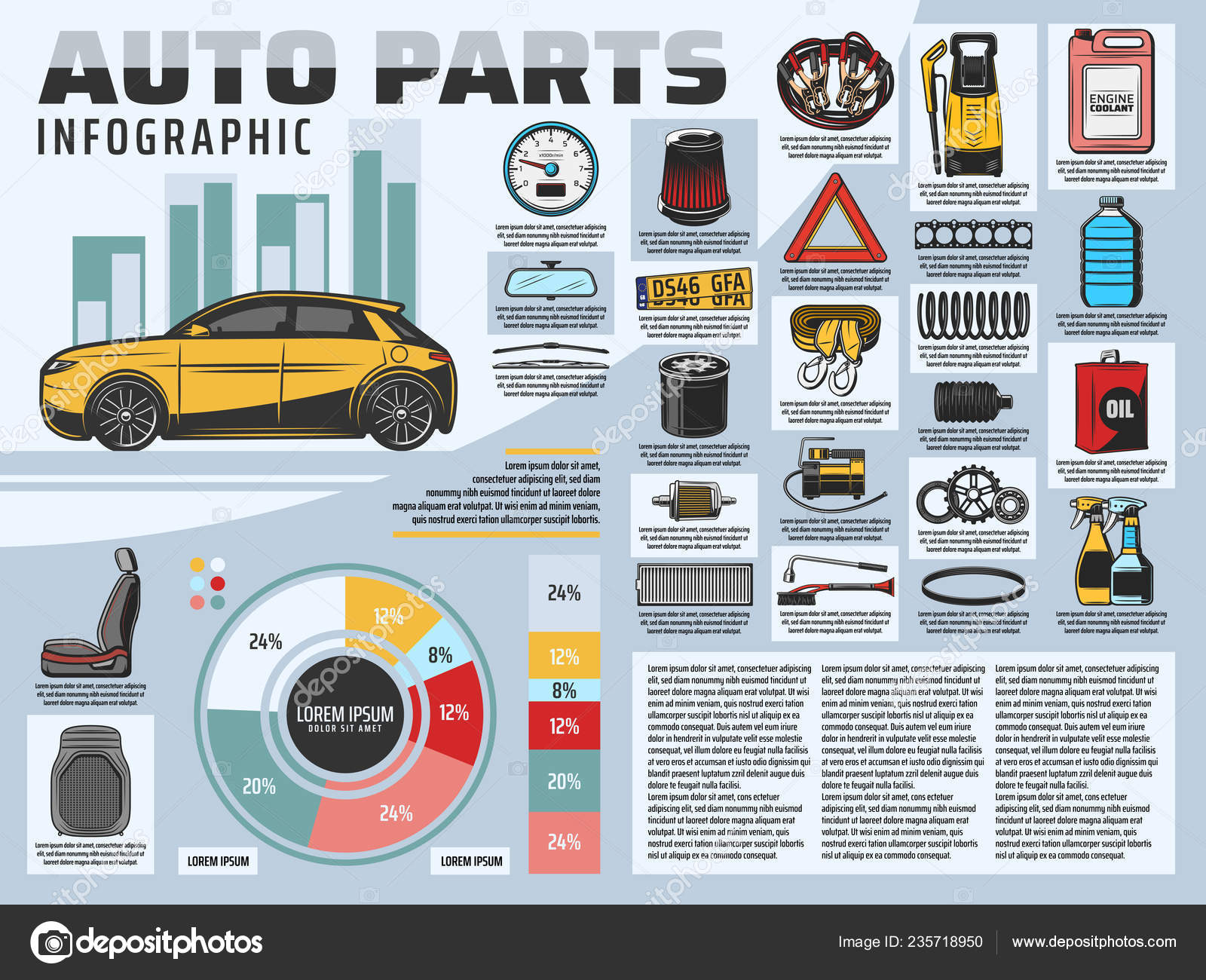Translating Your Vehicle'S Alert Lights: Their True Effects
Translating Your Vehicle'S Alert Lights: Their True Effects
Blog Article
Authored By-Vinson Gilbert
When you lag the wheel, those beautiful warning lights on your control panel can be a little bit puzzling. Do you recognize what they're attempting to tell you regarding your cars and truck's health? Comprehending car groomer of these lights is essential for your security and the longevity of your automobile. So, the next time one of those lights pops up, would not you intend to analyze its message precisely and take the required steps to resolve it?
Common Warning Lighting and Interpretations
Recognize typical warning lights in your car and understand their definitions to make certain safe driving.
One of the most typical caution lights consist of the check engine light, which signals concerns with the engine or emissions system. If this light begins, it's critical to have your automobile examined immediately.
The oil pressure advising light shows low oil pressure, calling for prompt attention to stop engine damages.
A blinking battery light may suggest a malfunctioning charging system, possibly leaving you stranded otherwise attended to.
The tire pressure surveillance system (TPMS) light notifies you to reduced tire stress, influencing lorry security and fuel performance. Overlooking this could result in harmful driving problems.
The ABS light shows a trouble with the anti-lock stopping system, jeopardizing your capability to quit quickly in emergencies.
Lastly, the coolant temperature alerting light warns of engine getting too hot, which can cause serious damage otherwise dealt with swiftly.
Comprehending these common warning lights will certainly help you resolve concerns promptly and keep secure driving problems.
Relevance of Prompt Attention
Understanding the typical caution lights in your cars and truck is just the very first step; the value of promptly dealing with these cautions can not be emphasized sufficient to guarantee your safety and security when driving.
When a warning light illuminates on your dashboard, it's your auto's way of interacting a prospective problem that requires attention. Overlooking these warnings can bring about a lot more severe problems in the future, compromising your security and potentially costing you much more out of commission.
Trigger focus to alerting lights can avoid malfunctions and mishaps. For instance, a flashing check engine light might indicate a misfire that, if left unattended, can cause damages to the catalytic converter. Addressing this immediately can conserve you from a costly repair work.
Likewise, please click the next internet page alerting light might signify reduced brake liquid or used brake pads, vital parts for your safety and security when driving.
Do It Yourself Troubleshooting Tips
If you see a caution light on your dashboard, there are a few do it yourself troubleshooting tips you can try before looking for expert help.
The first step is to consult your auto's handbook to comprehend what the specific warning light suggests. Occasionally the issue can be as basic as a loose gas cap setting off the check engine light. Tightening up the gas cap may fix the issue.
An additional typical concern is a low battery, which can cause numerous cautioning lights. Checking the battery connections for deterioration and guaranteeing they're protected might fix the issue.
If a caution light lingers, you can try resetting it by separating the car's battery for a few minutes and afterwards reconnecting it. In addition, examining your automobile's liquid degrees, such as oil, coolant, and brake liquid, can help fix advising lights connected to these systems.
Verdict
To conclude, understanding your automobile's warning lights is essential for maintaining your vehicle running smoothly and safely. By quickly dealing with these signals and understanding what they suggest, you can stay clear of expensive fixings and potential break downs.
Remember to consult your cars and truck's handbook for particular details on each alerting light and take action appropriately to ensure a hassle-free driving experience.
Stay educated, remain secure when driving!
